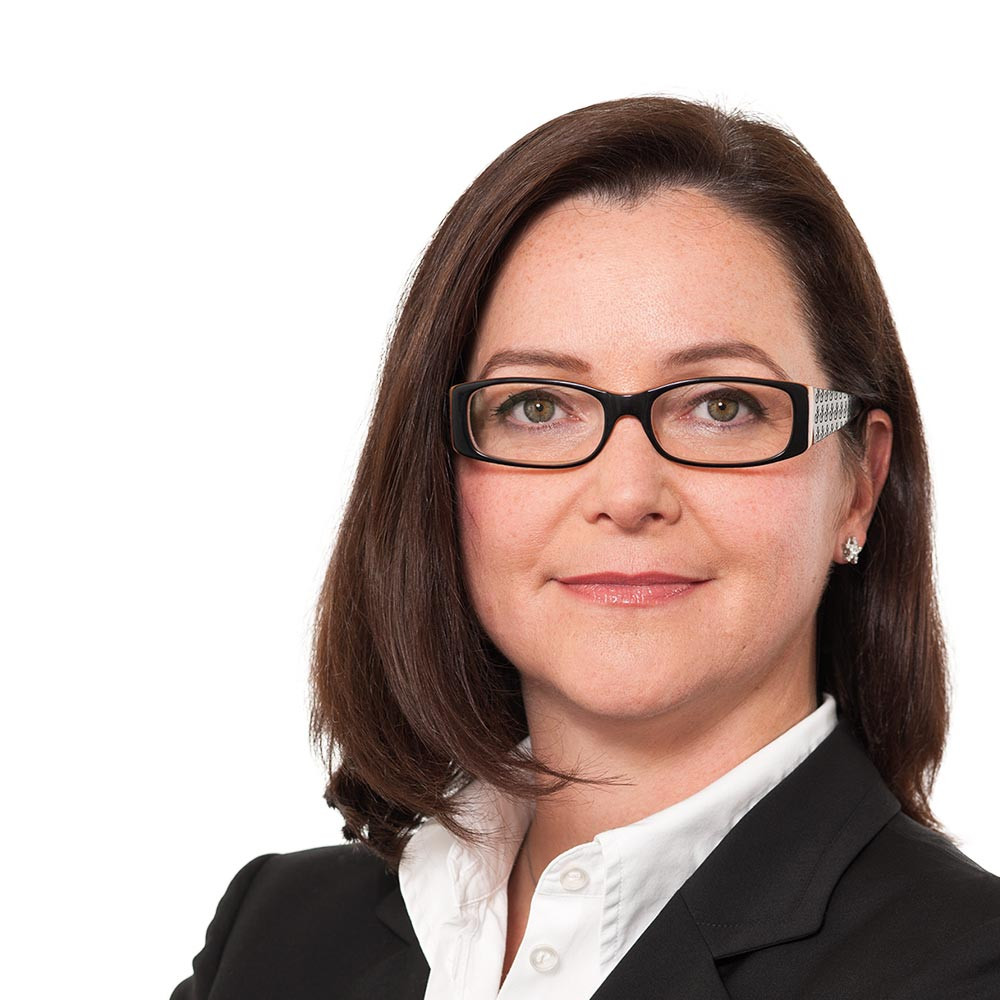Many companies consider cost-cutting measures during uncertain economic times. Some sectors are already suffering from the effects of declining orders. Yet at the same time, hkp/// group is experiencing an increased demand for job evaluation and grading projects. hkp.com talks to hkp/// group experts Petra Knab-Hägele and Verena Vandervelt.
Ms. Knab-Hägele, why is there an increased interest in job evaluation?
Petra Knab-Hägele: In times when the focus is on cost management, structures are scrutinized. This includes considerations to remove different corporate levels and to reduce structures that have ac-cumulated over time.
Ms. Vandervelt, what exactly are these companies looking for?
Verena Vandervelt: Simplicity. Existing systems for job evaluation are being criticized and under pressure because they are too technical and analytical. And when it comes to organizational changes, they are very complex and not inflexible. As expert systems, they also see to lack transparency.
Why is that?
Petra Knab-Hägele: The existing systems were introduced during more stable times. The older grad-ing systems are shaped by central governance in terms of methodology and processes. Companies were led more centrally and were controlled from within the headquarters. This also applies to the HR organization with its CoE (Center of Expertise). That is also changing. Now greater customer focus, faster decision-making processes, innovative pressure and agile divisions are required. Increasingly, responsibility is being shifted to the operative divisions and the demand for modified job evaluation systems is rising.
Are there any other issues leading to an increased demand for new systems?
Verena Vandervelt: Some industries, especially automotive suppliers, are right in the middle of their digital transformation and it is now becoming clear where certain technologies are heading. Such a development has led to genuinely disruptive changes in corporate strategy and organizational struc-tures in many places. The time of trial and error is over. Changes have to be implemented effectively and efficiently within a short period of time. And costs play an important role.
What are the consequences for the organization?
Petra Knab-Hägele: In company headquarters, many activities are either completely or partially out-sourced to service units. With the latest IT technology, all those affected can work together on an interdisciplinary basis. Especially for corporate headquarters, there are new opportunities to become leaner and more agile. In recent weeks, the press has also reported on transformation projects for DAX companies towards this goal. But even more importantly: Corporate Centers should be powerful strategy units. Top management needs to be provided with strategic advice at a much faster pace and it needs to work much more interdisciplinarily for preparing decisions and being able to imple-ment them quickly as decided by top management.
What does this mean for grading?
Verena Vandervelt Companies structure their organization based on greater division of labor: Strate-gic operations must be faster, operational implementation must be the same and, of course, every-thing must run smoothly despite the increased speed. Operational and strategic units are thus sepa-rated. And finally, mere repetitive tasks are increasingly automated with “my colleague the robot”. Managing interfaces thus is critical for success and speed as well as efficient structural costs are a competitive advantage.
Petra Knab-Hägele: The new company organization might be quickly defined at the macro level in terms of units, number of positions and reporting levels. But our experience shows that it usually does not work without any losses at the micro level, i.e. at the individual points. Essential interfaces, for example, are not yet defined and profiles of employees do not yet match the job profiles. Often a new, supposedly more efficient organizational structure proves to be less favorable than expected once the vacancies have been filled. Here, modern job evaluations and grading methods can be used to challenge and clarify the process in advance.
You are talking about the so-called “hierarchy pyramid”.
Does grading start even earlier?
Verena Vandervelt Yes, exactly. For the initial draft organizational structure, the positions at the first levels are evaluated and others are mapped. Subsequently, the structural costs are determined to-gether with the personnel costs. This is how you can compare alternative organizational models and also identify and clarify unresolved interfaces or possible interface conflicts in advance.
That sounds rather complicated and time-consuming.
Petra Knab-Hägele: Quite the contrary. Experienced job evaluators can pragmatically assess an or-ganization and at hkp/// we can also provide initial suggestions for an organizational benchmark. This also includes suggestions as to how the organization could be designed more efficiently - especially in comparison with the market. For later budget control, you can also determine a maximum number or occupancy rate.
Verena Vandervelt This budget later becomes a ceiling and helps to manage structural costs. And that is the novelty when introducing grading.
What else changes?
Petra Knab-Hägele: Grading becomes more central. For example, the introduction and subsequent changes to new jobs etc. are more about empowering the CoE and decentralizing more decision-making powers in order to be closer to the customer.
Verena Vandervelt: Being close to the customer is really important. This includes making evaluation systems easier and more intuitive, being less analytical, having fewer criteria and not initiating every small organizational change for evaluation reviews. In particular, the evaluation criteria should reflect the company's unique profile. But ultimately it is also about employee and supervisor participation during the evaluation process, including communicating the method, the process within the company and the results.
As a result, there is also much more transparency and customer-specific communication. Do you notice any further changes?
Petra Knab-Hägele: In this regard, cost control over subsequent years - i.e. the years after introduc-tion - could be mentioned. Often an inflation of the occupancy degree creeps in and the organizations become bloated again. For example, we audit an annual controlling process regarding the occupancy degree. There are also others who review all positions every three years, for example with a budget approach for maximum occupancy degrees.
Verena Vandervelt: Several things could be mentioned, but it depends on the individual situation. In the end, simplicity on all levels is the buzzword. With increased pragmatism for the process, the method, less criteria and the “clearing out” of time-consuming processes.
Thank you very much to you both!



